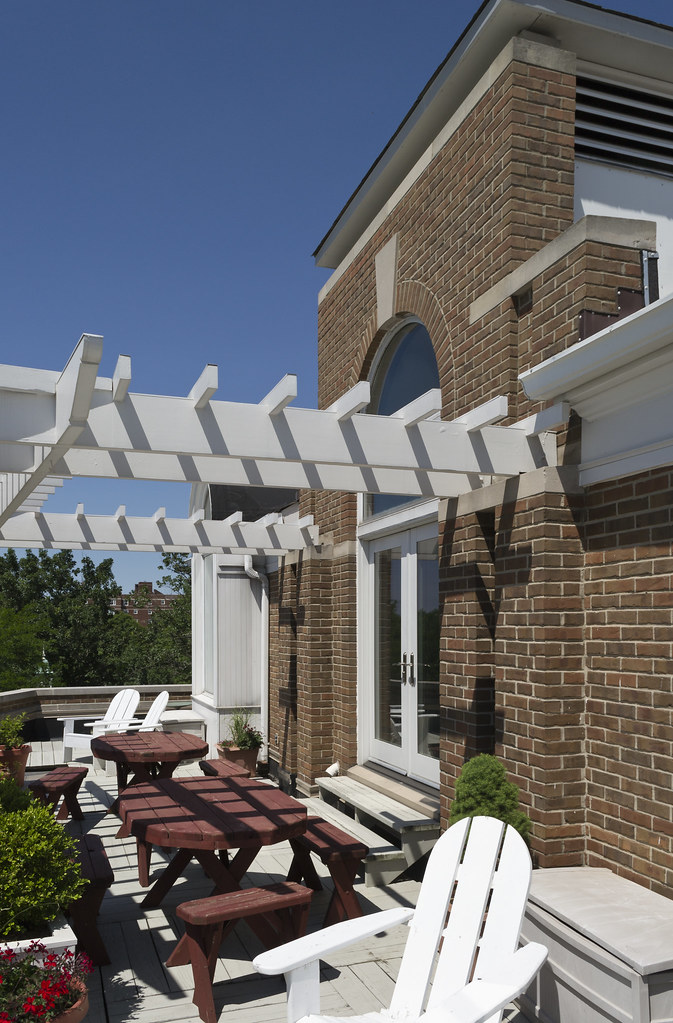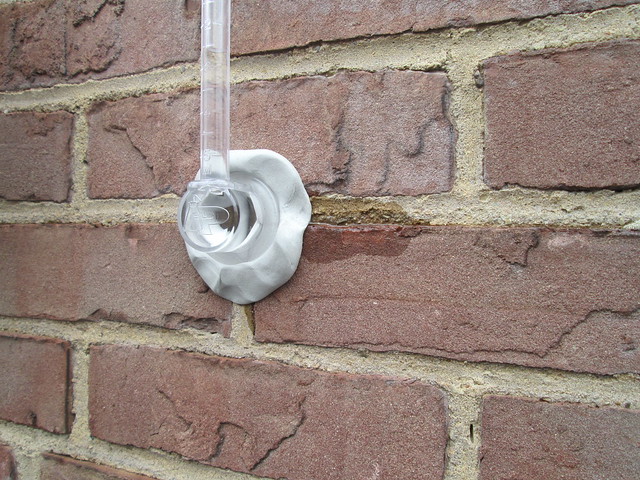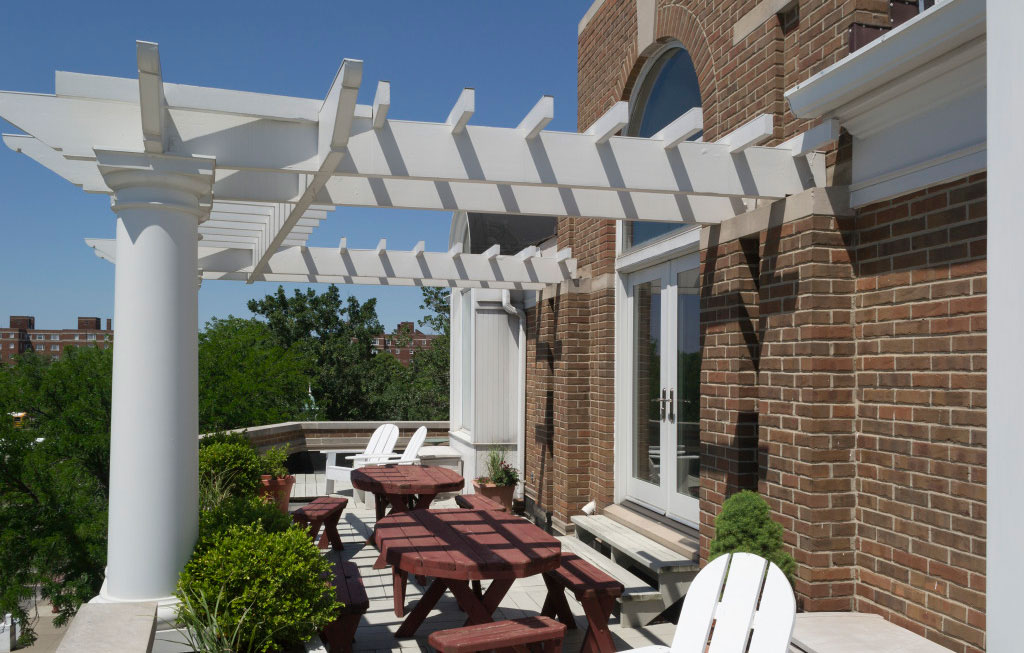Rainstorms can send a shiver up an architect’s spine - especially as a designer of brick buildings. Masonry is naturally porous. It can absorb a large amount of water, compromising the bond strength between the mortar and the masonry unit. Not only that, but it can easily discolor the building’s facade. Recently Bialosky + Partners Architects had a visit from Professional Products of Kansas, offering an interesting potential solution. Professional Water Sealant & Anti-Graffitiant is a “dual-purpose” silicone water repellent which provides an invisible protection from graffiti and moisture damage. The spray-applied repellent is recommended for brick, concrete, granite (and most horizontal surfaces) and will add years of weatherproofing protection to new or existing structures. [youtube]http://www.youtube.com/watch?v=leKRODMRABs[/youtube] This silicone repellent can be applied as a single coat to protect the building from moisture, and an additional coat will protect the building from graffiti. The key with graffiti protectant is it can be non-sacrificial or sacrificial. A non-sacrificial protectant does not dissolve once graffiti is washed away, meaning there is no need to reapply. [youtube]http://www.youtube.com/watch?v=S1ITRh8I37A[/youtube] Now, for the test on our own office building: After learning about this water sealant, BPA tested our very own brick office building, here in Shaker Square. Our waterproofing consultants helped set- the RILEM II.4 test, which simulates wind-driven rain up to 98 mph.

Bialosky + Partners Architects Cleveland Office - in the heart of Shaker Square.

RILEM II.4 test on our office building begins!
First, we fixed the RILEM tube to the testing-wall with a pinch of soft putty rolled to form a snake-like piece around the flat brim of the tube opening. It must be water-tight between the tube and the brick. We then filled the RILEM tube to the top mark of 0.0 mL and recorded the time.

Tracking the water during the test.
We checked intermittently at 1 minute intervals, but overall tested the wall for 20 minutes. (If the brick face or mortar joint absorbs 5 mL in 5 minutes, which is considered a failure of the test). We then measured the amount of water absorbed by the brick face, where we only absorbed 0.5 mL in those 20 minutes! So the brick face passed the test, but the building grout joints, which are the most common point of failure in a masonry system, failed this test.

While the building's masonry stood up to the test, the mortar joints absorbed quite a bit of water.
This product has been applied to several historic buildings in the area and would be a great product for our aging brick building. BPA is excited to evaluate this product to improve our building’s water tightness and if applied, would be periodically tested and observed. BPA is looking forward to protecting and preserving many of our client's buildings too!
